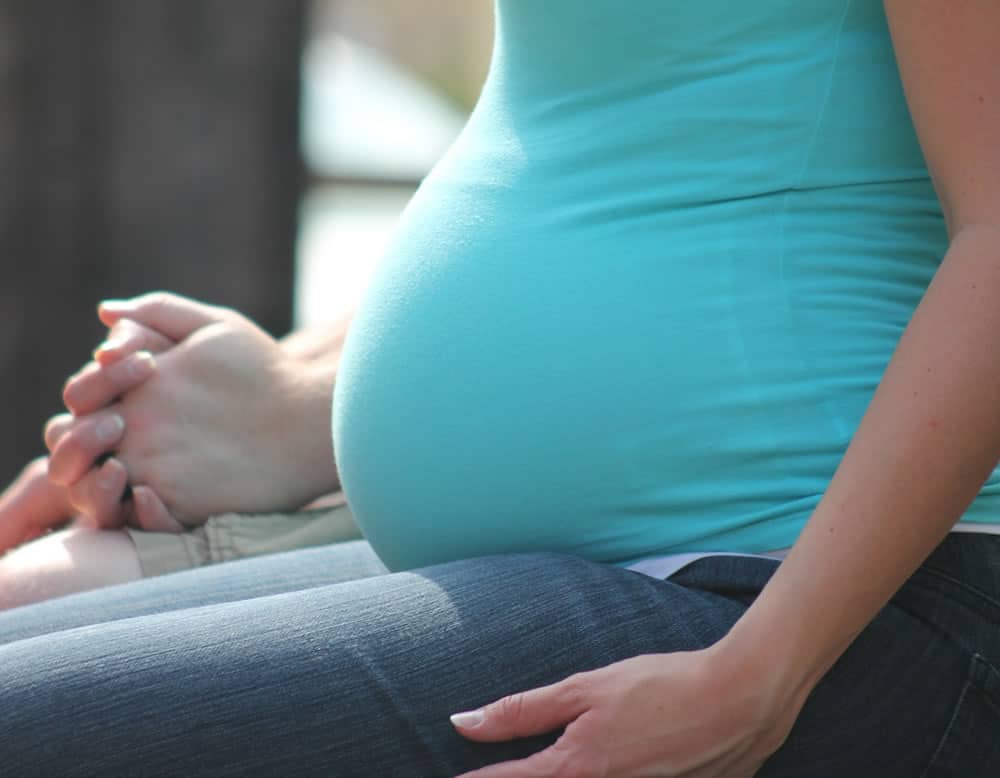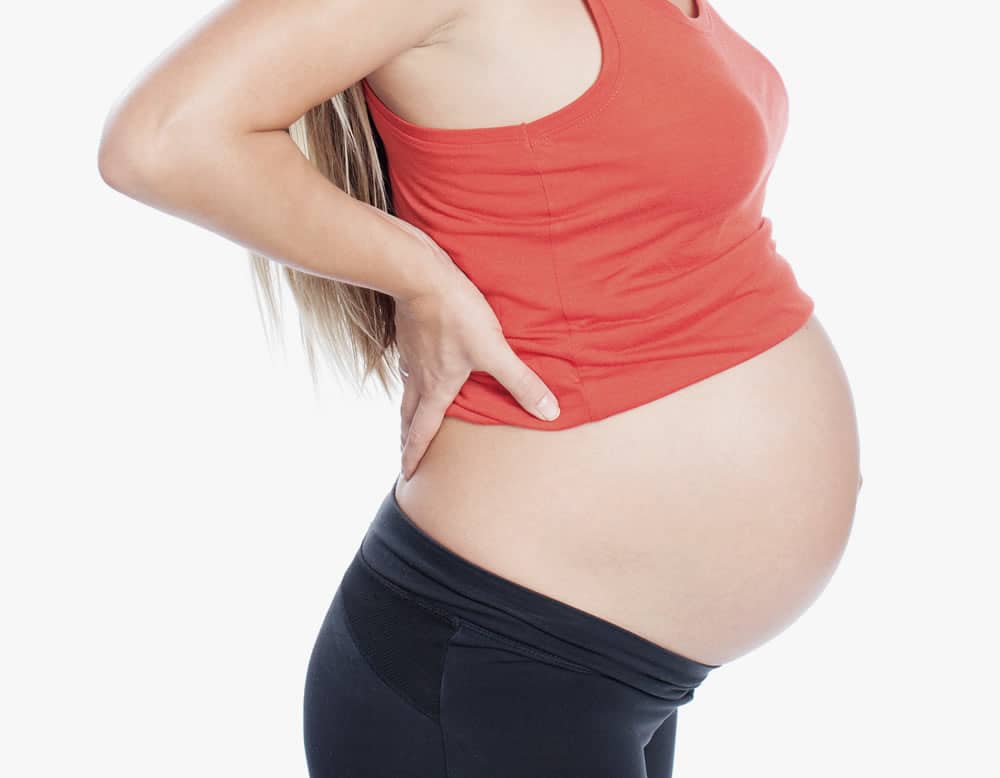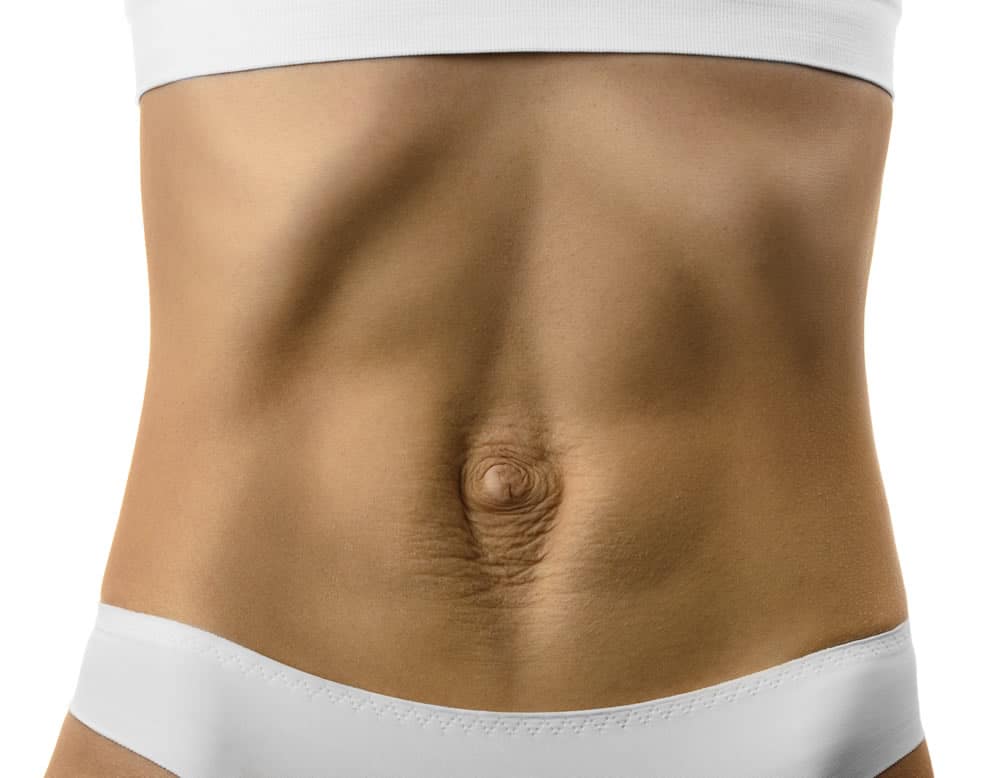During pregnancy and childbirth, a woman’s body goes through a transformation
The ligaments relax through natural hormone release in order allow baby to grow, our posture changes and adapts to the growing belly while we continue to move around and live life. These remarkable changes can lead to common aches, and for some, debilitating pain in the pelvis, back and hips that limit the most basic movements, quality of sleep and our physical and mental wellness in general.
Although it takes 9 months on average to grow another human being, our society often expects new Mum’s to “bounce back” and fit into our pre-pregnancy skinny jeans and return to previous physical activities in an unrealistic 6 weeks.
Pelvic Girdle Pain (PGP)
1 in 5 pregnant woman experience pelvic girdle pain and it can severely affect their mobility and quality of life.
The pelvic girdle is a ring of bones around your body at the base of your spine. PGP is pain in the front and/or the back of your pelvis that can also affect other areas such as the hips or thighs. PGP used to be known as symphysis pubis dysfunction (SPD). The pain can be worse when you’re:
- walking
- going up or down stairs
- standing on 1 leg (for example, when you’re getting dressed)
- turning over in bed
- moving your legs apart (for example, when you get out of a car)
Early treatment can help to relieve pain, prevent symptoms form worsening and reduce the chances of prolonged pain after baby is born.

Back Pain / Sciatica
Have you ever wondered why your lower back pain just keeps sticking around even after you have seen a therapist? We tend to neglect the very foundation of the spine, which begins at your tailbone and is one of the three bones of the pelvis. Muscles that attach to and support your pelvis and tailbone include back muscles, abdominal muscles, glutes and surrounding hip muscles, as well as a small set of muscles at the base called your pelvic floor. If your pelvic floor is not getting treated, you are missing a huge piece of the puzzle that may be the cause of your low back pain.
95% of woman with low back pain have also had pelvic floor dysfunction. Early treatment should relieve pain and prevent symptoms worsening which is why it’s so important to address both the internal and external causes.

Diastasis Rectus (separation of the abdominal muscles)
In pregnancy, as your expanding uterus grows underneath your tummy muscles, the six-pack muscle called rectus abdominus separates to allow baby to grow. This can affect the muscle functionally as they will weaken from being stretched around the bump. These muscles are a part of your core along with your diaphragm. Abdominal muscles (as well as your posture) require assessment, treatment and rehabilitation to restore function and control in this area.
Post-natal Assessments
The assessment is applicable to women who have had both a vaginal and / or or caesarean birth. You will be assessed for:
- posture or muscle imbalances and altered alignment
- postural breathing
- tummy gap
- pelvic floor strength
- functional movement for return to sport (bending, squatting, twisting)

